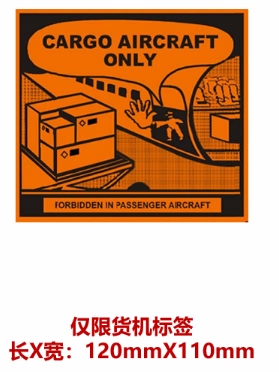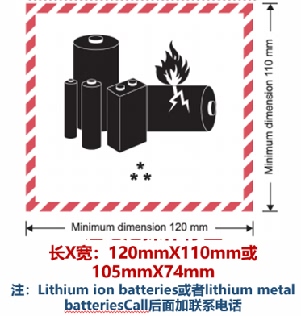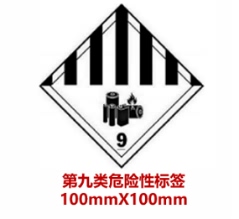UN 38.3 (UN Manual of Tests and Criteria)Rev. 8 Released
UN 38.3 (UN Manual of Tests and Criteria)Rev. 8 Released,
UN 38.3,
▍Document requirement
1. UN38.3 test report
2. 1.2m drop test report (if applicable)
3. Accreditation report of transportation
4. MSDS(if applicable)
▍Testing Standard
QCVN101:2016/BTTTT(refer to IEC 62133:2012)
▍Test item
1.Altitude simulation 2. Thermal test 3. Vibration
4. Shock 5. External short circuit 6. Impact/Crush
7. Overcharge 8. Forced discharge 9. 1.2mdrop test report
Remark: T1-T5 is tested by the same samples in order.
▍ Label Requirements
|
Label name |
Calss-9 Miscellaneous Dangerous Goods |
Cargo Aircraft Only |
Lithium Battery Operation Label |
|
Label picture |
 |
 |
▍Why MCM?
● The initiator of UN38.3 in the transportation field in China;
● Have the resources and professional teams being able to accurately interpret UN38.3 key nodes related to Chinese and foreign airlines, freight forwarders, airports, customs, regulatory authorities and so on in China;
● Have resources and capabilities that can help lithium-ion battery clients to “test once, pass smoothly all airports and airlines in China “;
● Has the first-class UN38.3 technical interpretation capabilities, and housekeeper type service structure.
On November 27, 2023, “UN Manual of Tests and Criteria” (Rev. 8) was officially released on the United States website. “UN Manual of Tests and Criteria” (Rev. 8) adopts the revisions that made by the 11th session of the United Nations TDG and GHS Expert Committee on the “UN Manual of Tests and Criteria” (Rev. 7) and its Amendment 1. As the basic test for battery safety transportation, “UN Manual of Tests and Criteria” (Rev. 8) has added a new section of 38.3.3.2 “Testing of sodium ion cells and batteries”, and simultaneously added the exclusive entries related to sodium-ion batteries in the UN “Recommendation on the Transport of Dangerous Goods” (TDG) Rev. 23: UN 3551 and UN 3522.
Test cells and batteries shall be stored at a pressure of 11.6 kPa or less for at least six hours at ambient temperature (20±5℃)Test cells and batteries are to be stored for at least six hours at a test temperature equal to 72℃and -40℃. This procedure is to be repeated until 10 total cycles are complete.
Cells and batteries are firmly secured to the platform of the vibration machine, with the vibration to be a sinusoidal waveform with a logarithmic sweep between 7 Hz and 200 Hz, and the amplitude at 0.8mm, for cell and small battery pack the maximum acceleration of 8 gn, and for large battery pack the maximum acceleration of 2 gn.
Impact (applicable to cylindrical cell at ≥18mm diameter: A 9.1kg mass is to be dropped from a height of 61cm at the intersection of the bar and samples
Crush ( applicable to prismatic, pouch, coin/button cells and cylindrical cells less than 18mm in diameter): a cell is to be crushed between two flat surface. The cutoff condition are as below: force reaches 13kN; or the voltage of the cell drops by 100mV; or the cell is deformed by at least 50%.










